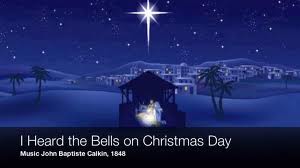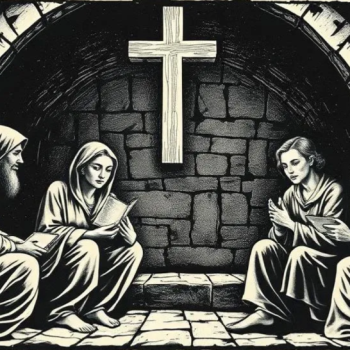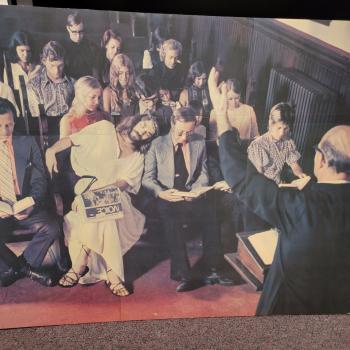Advent and Christmas are the perfect times to think about the very nature of Christian worship. Oddly, strangely you seldom hear a pastor talk about the theology of worship, the character of worship, the nature of worship at any time of year. I was doing this very thing once in Austin Texas in a Presbyterian Church, and the universal response was– “Why has no one told us this before?” It seems a common lament. So in this series we are going to talk about ‘worship in Spirit and truth’, and what the nature of worship can be and ought to be. For those already eager for something more than a few brief blog posts, I would urge you to read and reflect on my little book entitled We Have Seen his Glory. You’ll get the fuller story there.
The first question to be asked is what we make of Jesus’ remarks in John 4 which suggest it was time for a change in worship, a change in a whole approach to worship. It was no longer to be about sacred space or sacred locations like Mt. Gerizim or Mt. Zion, but rather it was to be about a holy time, holy persons, caught up in love and wonder and praise of God, worshipping ‘in Spirit and truth’.
Jesus you see, believed the divine saving activity, the coming Dominion of God, the eschatological realities were breaking into the present. His vision of worship was to think of what worship is like in heaven and will be like in the new creation, and to suggest that his followers should already begin to worship in that manner. When Jesus talks about worship in Spirit, in light of everything else said about the Holy Spirit in the Fourth Gospel, it is unlikely that Jesus merely means ‘spirited’ or enthusiastic worship, though undoubtedly he would be all for that. What he means is something only possible when the eschatological Spirit of God had fallen on and chosen to dwell among God’s people. In other words, he is talking about a change in worship post-Pentecost. Worship would no longer be business as usual in a Temple or at a high place. It’s character was to change. Among other things this meant that the old pattern of priests, temples, sacrifices was about to be fulfilled and finished. Jesus was, as the Fourth Gospel puts it, temple, sacrifice and priest all rolled into one. And his death on the cross put an end to that whole approach to worship… or at least should have done so. Going forward, the only sacrifice would be the sacrifice of lips and lives, of praise and self-dedication to God (see Rom. 12.1-3, and Heb. 13). Ministers would not be priests, unless of course we are referring to the priesthood of all believers. And Christian worship meeting places would not be called temples. Why?
Because Christ’s sacrificial death on the cross was a game changer, it made unnecessary any further attempts to bridge the gap between an estranged people and their God. His sacrifice was the one sufficient and necessary sacrifice, once for all time for all persons which made all other such literal sacrifices obsolete, defunct, unnecessary.
Put another way, worship was to no longer focus on the need for humans to be reconciled to God. It was rather to focus on what was now possible as a result of reconciliation with God— worship in Spirit and in truth. Worship is intended to be theocentric, not anthropocentric, focused on God, not on our wants, or our needs, or our problems, though of course there is a place and time for that in church life. As you begin to think about this, enjoy the following for a bit—


















